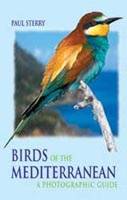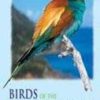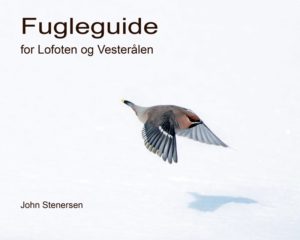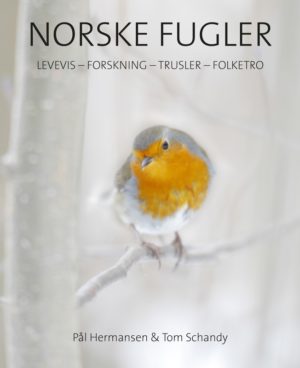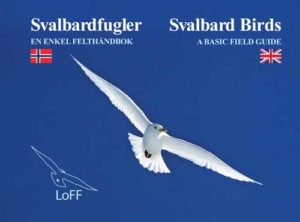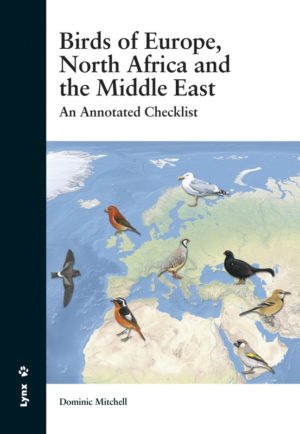Forlagets egen omtale
Covering all the species of birds occurring in the areas bordering the Mediterranean, this guide is illustrated throughout with stunning photographs. The regions examined cover some of the most distinctive and bird-rich habitats in Europe, the Middle East and North Africa, places as popular with sun-seeking holiday-makers as they are with birders.
Designed to appeal to both audiences, the guide features photographs of the region’s birdlife, with concise descriptive text on facing pages. Digital manipulation of the photographs has been used to ensure a consistent depiction of light conditions, making comparisons between the images easier.
Opinions differ as to whether field guides are best illustrated using artwork or photographs. In their favour, photographs are perceived as accurate, capturing a moment in time. Set against them, a major criticism is that not all photographs are ideally suited to field identification. Differences in lighting or pose of similar species can make it difficult, if not impossible, for direct comparisons to be made. Furthermore, financial and time constraints imposed on the design of photographic field guides in the past have often dictated the inclusion of only one image per species. In the case of passerines or ducks, for example, typically this would have meant using a male in breeding plumage and ignoring — in terms of illustrations — female and non-breeding plumages altogether. With birds whose appearance is determined by a complex regime of seasonal and age differences, clearly this is less than helpful in the field.
However, over the last five years or so a minor revolution has occurred in digital imaging, one that has had a profound impact on the reproduction of photographs. Advances in technology, and in particular in computer memory, software and digital scanning, have allowed techniques that were once the domain of affluent publishing and repro houses to come into the home. Several of these advances have assisted in the preparation of this book.
Of particular relevance to this field guide has been the ability to modify and manipulate images to enhance them as aids for identification. At the simplest level, this has meant ‘tidying up’ images where, for example, a confusingly cluttered background detracted from a photograph’s clarity. More significantly, the ability to cut out and superimpose images with relative ease has enabled far more photographs to be used per page than could have been contemplated in the past. Composite pictures have been created for certain bird groups, notably those seen most usually in flight, allowing easy species’ comparisons to be made.
This brings us to the potentially thorny area of significant image manipulation. Using digital-imaging software I have altered subtly the appearance of some of the images in this book to enhance their usefulness as aids to field identification. Thus, for example, a degree of uniformity has been introduced in terms of lighting, and in a few instances key features have been enhanced where these were not clearly shown. in the original photograph. I have only undertaken this form of image manipulation on my own photographs.
None of the above imaging processes is particularly novel and many are employed, to a greater or lesser extent, in most current publishing ventures, whether or not this is spelt out. However, for this field guide, I have taken the process one stage further. Rather than make do with poor-quality images or substitute artwork for seldom photographed species, in certain instances I have actually created images from scratch using computer software.
This approach was employed only if (given the deadlines and financial constraints of this book) I was unable to take a suitable photograph of a given species or obtain it from other sources. These computer-generated images are clearly identified as such in the photo credits. They are intended to enhance the usefulness of this field guide and no attempt has been made to disguise their digital origins. If you are bothered by this approach then judge these illustrations as you would artwork rather than real photographs. They are my personal interpretation of what the bird in question looks like — I just happen to have used computer software to create them rather than paint.
